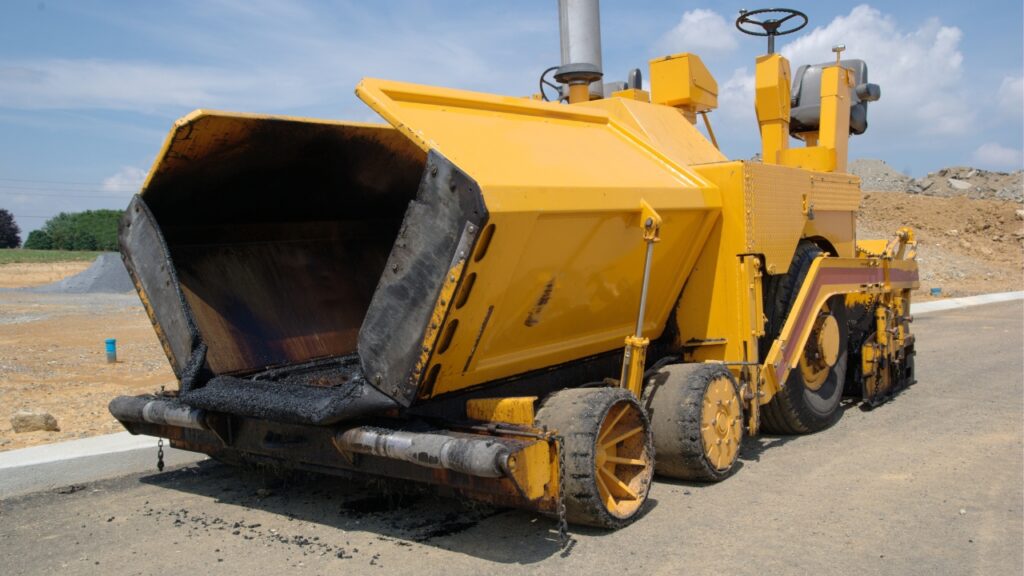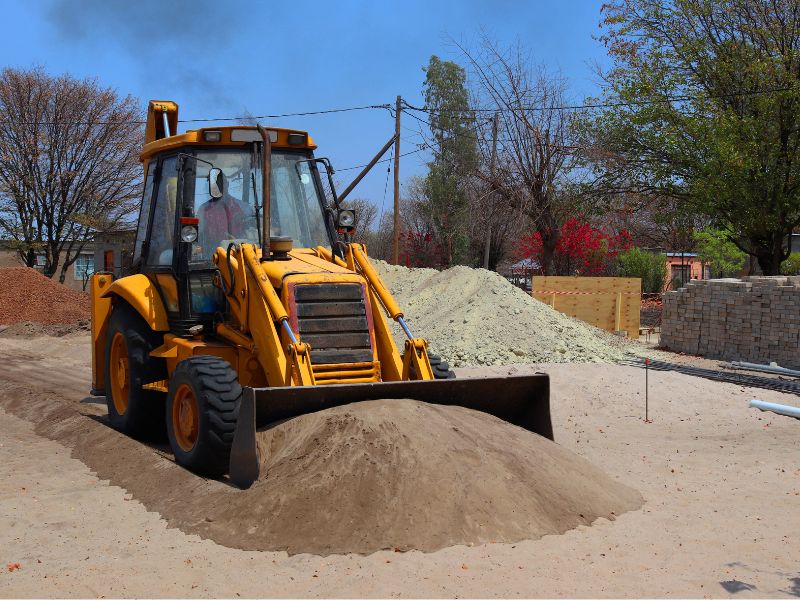An asphalt paver, also known as finisher, is a heavy construction machine used in road construction to evenly distribute asphalt on the previously prepared ground. A paver has a special container for asphalt mass, which is heated to keep asphalt in liquid consistency. The asphalt mass is distributed evenly on the road surface by means of a moving spread table. Asphalt pavers allow for adjustment of the width and thickness of the asphalt layer. This makes it possible to adapt them to different design requirements: from narrow paths to wide highways. Most pavers are self-propelled machines with all-wheel drives or tracks, which provide better grip and stability at the construction site. The control most often takes place using advanced electronic systems, allowing for the precise laying of asphalt.

Asphalt paver
5/5
22 reviews
If you find the same course at a lower price elsewhere, we’ll match it.
Book a course, improve your qualifications, change your life
Pay as little as £20 to reserve your place






